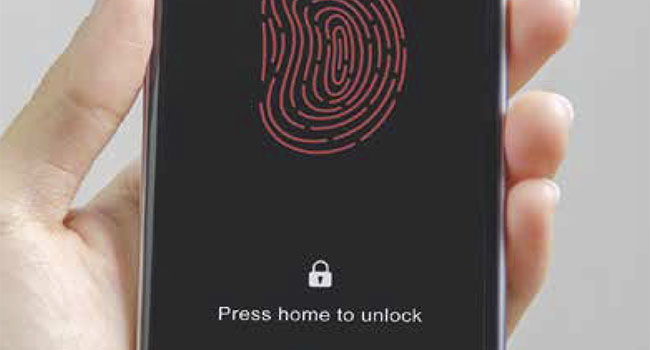
No enterprise can eliminate 100% of its risk. Instead, the security objective must be to understand all risks and to effectively manage and mitigate them.
- By Simon Morgan
- Nov 22, 2017
The organizations of today have a wealth of technology at their fingertips, highlighting new features and advancements that are changing the way these entities do business, how people work and the interconnectivity between the two.
- By Mitchell Kane
- Nov 01, 2017
A few advantages with IP-based systems worth mentioning are remote access anytime, anyplace; digital images do not degrade over time; real time analytic capability; and content distributed electronically quickly and easily.
- By Brian Simmons
- Nov 01, 2017
More than a decade ago, it was all about analog cameras. My, how times have changed. By 2010, IP-based cameras were taking over the security duties, and doing a good job, but there were challenges.
- By Ralph C. Jensen
- Nov 01, 2017

As more of our lives move online, crime has unfortunately migrated to the internet at matching pace taking form in what’s now considered cybercrime.
- By Andrew Deen
- Nov 01, 2017
Ransomware attacks are becoming infamous. As I write now, the Petya attack is unfolding.
- By David Wagner
- Nov 01, 2017

A set of vulnerabilities present in "almost every" device with Bluetooth capabilities has been revealed by researchers at security firm Armis.
The most pervasive cyber threat in the past 11 years has been ransomware infections. Who would have even known about something like this 30 years ago, but here we are trying with all diligence to protect folders and files, or even worse, the entire hard drive.
- By Ralph C. Jensen
- Aug 01, 2017

For many years, the sage advice for cybersecurity leaders has been to take a layered approach to security, and those words have served the industry well. Unfortunately, cracks in those layers continue to leave organizations vulnerable to security attacks.
- By Jeffrey Carpenter
- Aug 01, 2017

Between 2005 and 2016, ransomware infections were more common than data breaches, making them the most pervasive cyber threat of the last 11 years. Ransomware attacks may encrypt folders and files or even the entire hard drive, or they may just lock the devices so that users cannot access them.
- By Rishi Bhargava
- Aug 01, 2017
With the rising popularity of the Internet accessible machines, the need to protect connections between the disparate ATMs and the banks’ processing centers became critical.
- By Julian Weinberger
- Aug 01, 2017

Common sense dictates that it is easier to stop something from happening in the first place than to repair the damage after it has been done.
- By Siva G. Narendra
- Jul 01, 2017

Network thermal cameras were first introduced to the security market in 2010 filling a critical detection gap in network video systems.
- By Anthony Incorvati
- Jul 01, 2017

While many security teams at retailers are concerned about the potential for a big data breach, everyday security threats, like social engineering and shoplifting, are heightened in a world of omni-channel retail.
- By John Carter
- Jun 01, 2017

When used effectively, biometrics can contribute to safer cybersecurity practices.
- By Alisdair Faulkner
- Jun 01, 2017
Hospitals and medical centers face a number of challenges related to ensuring a safe environment for patients, staff, and visitors.
- By Greg Smith
- May 01, 2017

The IT approach to layered security for systems, infrastructure and data is increasingly impacting the security department, and with good reason.
- By Jeff Whitney
- May 01, 2017

The proliferation of networked devices has increasingly brought IT to the table when discussing physical security.
- By Don Campbell
- May 01, 2017
By fully identifying and mitigating the practices which leave businesses vulnerable—and then investing in employee awareness training—you’ll greatly reduce risk while cultivating a more educated workforce.
- By Michael Marriott
- May 01, 2017
Hacking has become a threat far bigger than most think. Indeed, the greatest threat to national security these days comes from not from aircraft carriers or infantry divisions, but a computer with a simple Internet connection located anywhere in the world.
- By Scott Lindley
- May 01, 2017